It’s a term that gets bandied around a lot in modern carp angling, but if you’re new to the sport or are returning after a break then zig rig fishing for carp might sound an alien concept.
In essence, it’s the art of suspending a hookbait somewhere between the lakebed and the surface, normally between a foot off the bottom and a foot beneath the surface. It was originally called the Zyg Rig after Angler’s Paradise owner Zyg Gregorek but the more phonetic spelling has stuck and the principles remain the same.
What is a zig rig?
Well, essentially it’s a very simple long hooklink with a buoyant bait on the end. As anglers realised that carp don’t actually spend that much time on the bottom or on the surface, it was designed to catch those fish in the mid layers of the water. This presentation can work with traditional pop-up boilies but it has largely become synonymous with hookbaits that loosely or accurately mimic hatching insects.
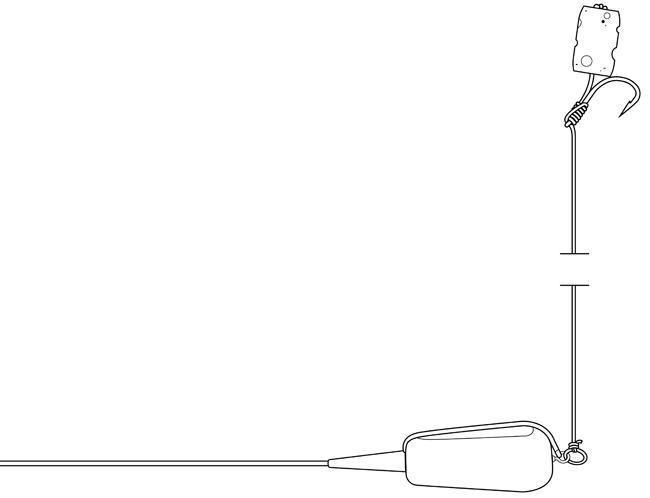
The zig rig set up
What bait to use?
Small pieces of foam are the most common Zig hookbaits as they are both super buoyant over a long period of time and can be shaped and coloured to look roughly like larvae and other creepy crawlies.
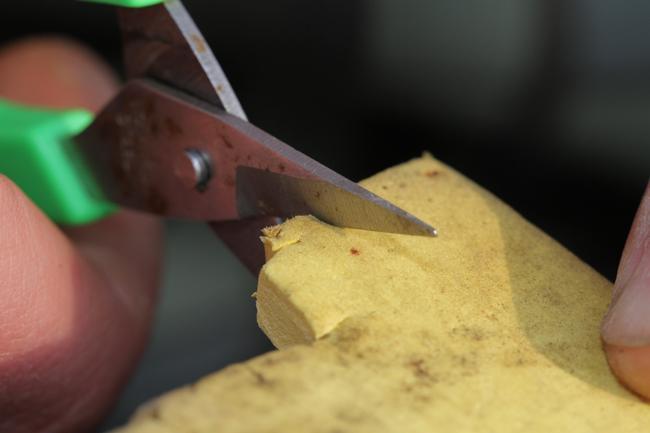
Small pieces of foam can be used to imitate a larvae hatch
Black, red and yellow and the main colour choices, with manufacturers like Fox producing aligner kits with built-in foam holders. If you use a standard Knotless Knot, keep your hair super short so the bait sits right on the bend of the hook.
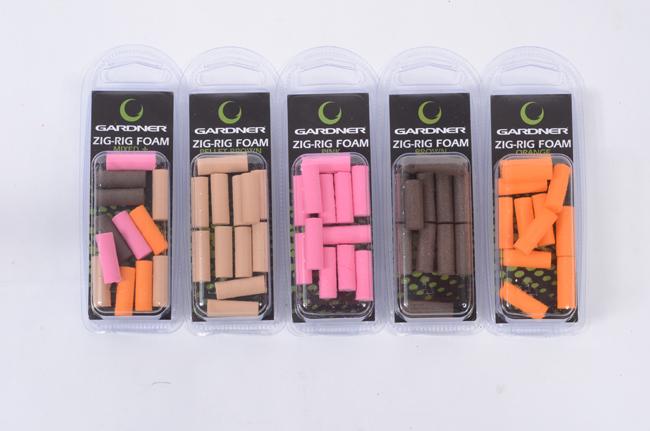
A range of zig rig foam in various colours can be bought in most tackle shops
When to use a zig rig?
Zigs are an effective tactic all year round as carp are rarely hugging the lakebed all day in any weather. In spring, when insect hatches are prevalent, it can be particularly prolific, but this technique will work in all conditions.
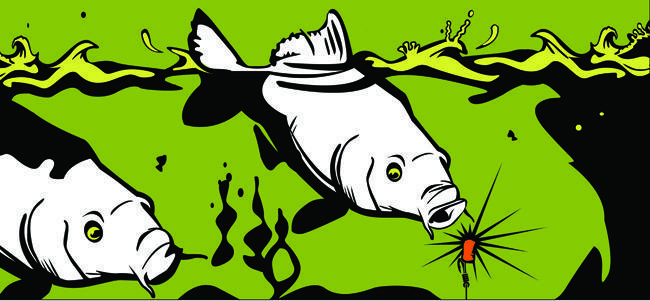
Casting to showing fish with a Zig can be productive, but unlike most carp tactics it is one that benefits from regularly tweaking. Finding the right depth (or length of hooklink) is absolutely crucial. Successful Zig anglers will often cast three rods with Zig Rigs of varying lengths until they get a bite on one, then switch all their rigs to that depth. If you are unsure where in the water column the carp are sitting then a good starting point is mid-depth or three-quarter depth.
How to avoid tangles?
Casting these long hooklinks can appear a recipe for tangles, but you can lay the hooklink on an unhooking mat or bucket lid so it doesn’t snag anything on the way through. Alternatively, Adjustable Zig Rigs are available. These use submerged floats and allow the angler to adjust the Zig’s depth in situ by paying off line from the spool a bit like using a marking float.
Whatever type of Zig you use it’s crucial to watch its flight in the air for signs of tangles and either hit the line clip on your reel at the end of the cast or trap the main line with your finger, causing the lead to slow rapidly and the hooklink to straighten up beyond it.
Do zig rigs work at night?
Many anglers believe carp take suspended hookbaits out of curiosity as much as hunger and some of the best Zig catches have been had on unflavoured bits of foam, and at night on dull colours, so do not underestimate the potential of these ‘carp lures’.
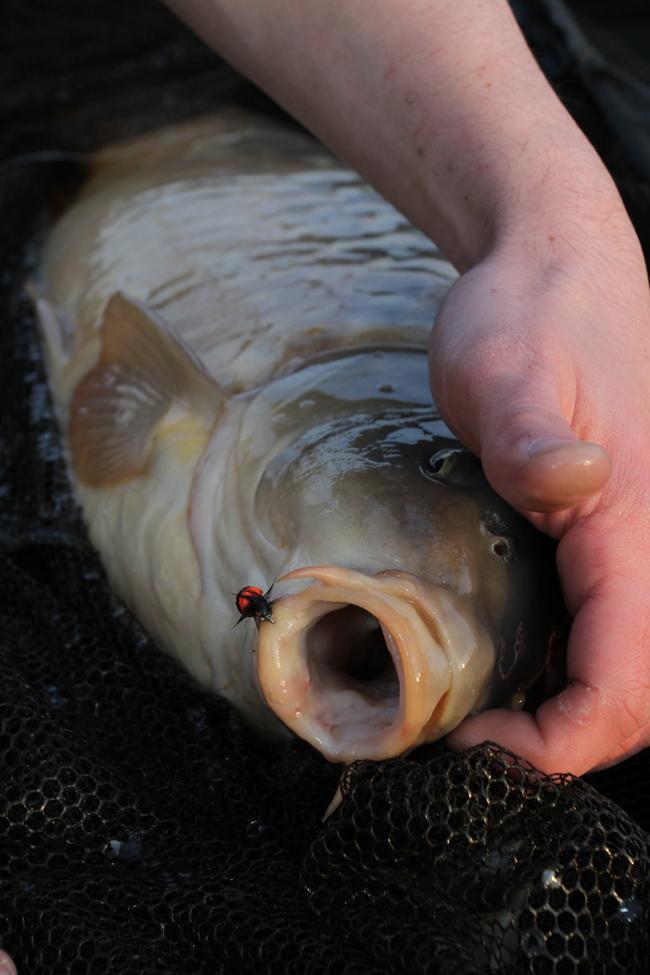
A carp caught on an imitation bug a foot under the surface




